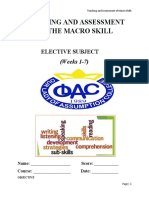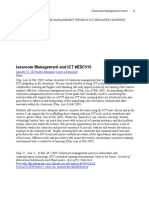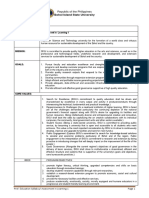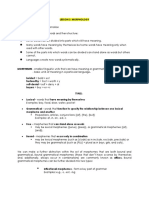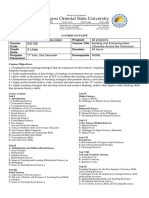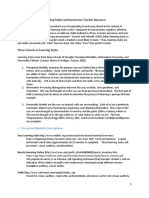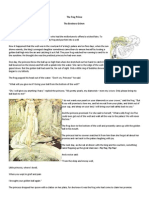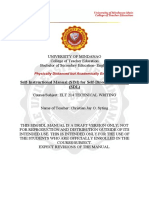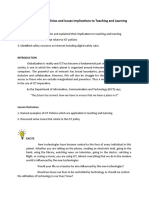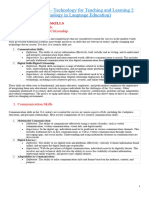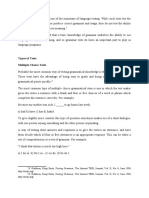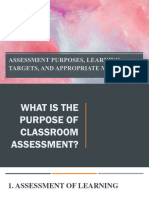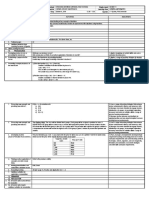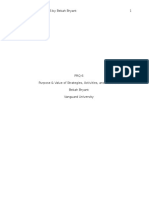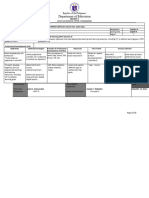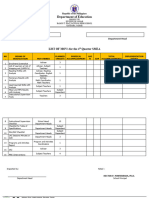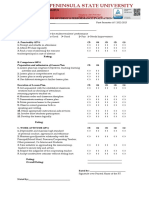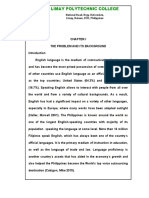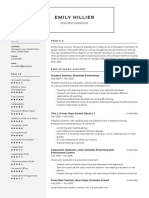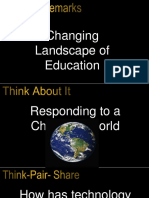0% found this document useful (0 votes)
312 views7 pagesOBE & Assessment - Module
The document discusses outcome-based education and assessment. It defines key terms like outcome-based education, outcome-based teaching and learning, and constructive alignment. It also explains the principles of outcome-based education and compares different approaches like understanding by design.
Uploaded by
Heljane GueroCopyright
© © All Rights Reserved
We take content rights seriously. If you suspect this is your content, claim it here.
Available Formats
Download as PDF, TXT or read online on Scribd
0% found this document useful (0 votes)
312 views7 pagesOBE & Assessment - Module
The document discusses outcome-based education and assessment. It defines key terms like outcome-based education, outcome-based teaching and learning, and constructive alignment. It also explains the principles of outcome-based education and compares different approaches like understanding by design.
Uploaded by
Heljane GueroCopyright
© © All Rights Reserved
We take content rights seriously. If you suspect this is your content, claim it here.
Available Formats
Download as PDF, TXT or read online on Scribd
/ 7



